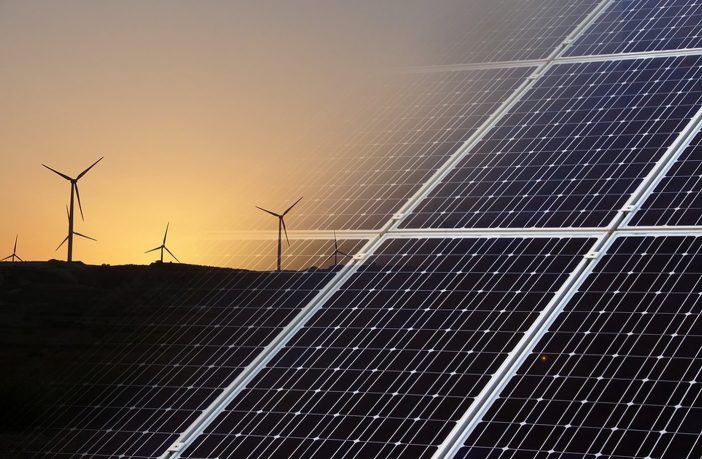- Climate change transition could cost South Africa US 120 billion
- The current South African system of incentives for new capital investment favour some existing industries that are exposed to transition risk, rather than new sectors that may create more sustainable sources of jobs and economic growth.
South Africa faces competing pressures.
On one hand, the threat of climate change to its water supply, agriculture, coast lines, and infrastructure, and on the other, the threat to the country’s economy of policies in other countries that reduce demand for South Africa’s carbon heavy natural resources, such as coal.
A new report from the Climate Policy Initiative (CPI) titled ‘Understanding the impact of a low carbon transition on South Africa’ quantifies the downside risk of South Africa’s transition to a low carbon economy plus the potential benefits of a transition such as the impact of a lower global oil price that is passed through to consumers.
Key report takeaways include:
- The cumulative impact on South Africa of a global low-carbon transition over the period of our analysis (between 2013 and 2035) could be more than US 120 billion in present value terms.
- Much of the risk and potential impact (approximately 75%) is due to factors, policies, and events, beyond the control of the South African government, while nearly 50% has already been realised.
- The public balance sheet in South Africa would explicitly face only 16% of the downside risk in South Africa with investors facing the rest. However, there are several channels through which business strategy, policy and financial distress may further distribute the share initially borne by investors – often as contingent liabilities to the national government.
- The current South African system of incentives for new capital investment favour some existing industries that are exposed to transition risk, rather than new sectors that may create more sustainable sources of jobs and economic growth. Currently planned investment decisions could add more than $25 billion to the country’s transition risk.
- The South African government can still mitigate much of this risk, provided that it plans in advance to develop the fiscal, financial and policy tools required to shift transition risk away from parties without the capacity to bear it and to capture transition-related upside.
Author: Bryan Groenendaal











